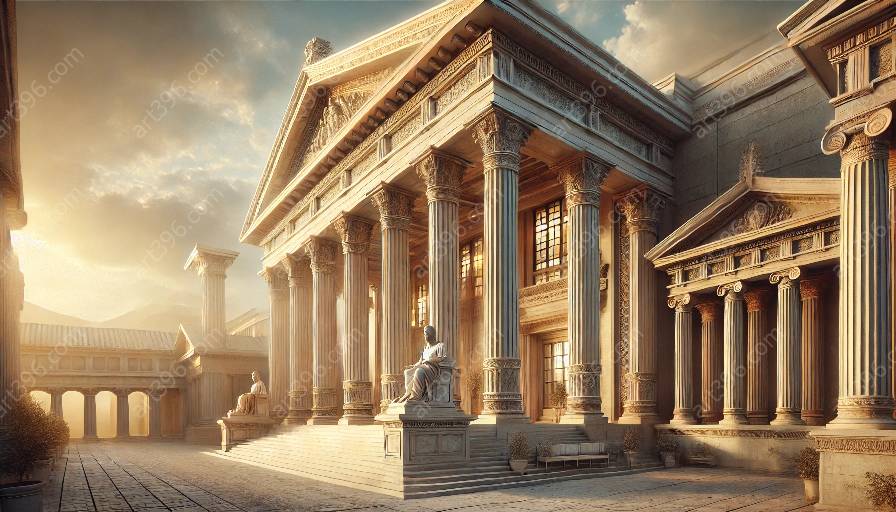Ancient Greek architecture is renowned for its enduring influence, innovation, and sophisticated construction techniques. The materials and methods employed in constructing iconic structures such as the Parthenon and the Temple of Olympian Zeus provide valuable insights into how ancient Greeks achieved unparalleled architectural feats.
Ancient Greek Materials
Ancient Greek architects and builders utilized a variety of materials to create enduring structures that have withstood the test of time. These materials played a crucial role in defining the iconic architectural style that continues to captivate and inspire architects and enthusiasts worldwide.
1. Stone
Stone, particularly marble and limestone, was the cornerstone of ancient Greek architecture. Quarried from local sources, the use of stone allowed for the creation of imposing and long-lasting structures. Marble, in particular, was favored for its aesthetic appeal and ability to withstand the elements. The Parthenon, constructed using Pentelic marble, exemplifies the mastery of stonemasonry in ancient Greece.
2. Timber
Timber, primarily used for roof construction, was an essential material in ancient Greek architecture. The use of timber beams and columns provided structural support and facilitated the creation of open and airy interior spaces. The Temple of Olympian Zeus in Athens showcases the harmonious combination of stone and timber elements to achieve architectural grandeur.
3. Terracotta and Clay
Ancient Greeks utilized terracotta and clay for architectural embellishments, including decorative roof tiles, ornate friezes, and intricate pottery. These elements served both functional and aesthetic purposes, enhancing the visual appeal of architectural designs and contributing to the overall beauty of ancient Greek structures.
Construction Techniques
The construction methods employed by ancient Greek architects demonstrate remarkable ingenuity and precision. These techniques, coupled with the choice of materials, remain emblematic of the enduring legacy of Greek architecture.
1. Post-and-Lintel Construction
One of the defining features of ancient Greek architecture is the use of post-and-lintel construction, which involves vertical columns supporting horizontal beams. This method allowed for the creation of expansive interior spaces and facilitated the iconic architectural proportions characteristic of Greek temples and civic buildings.
2. Entasis
The concept of entasis, or subtle convex curvature, was employed in the design and construction of columns to counteract the optical illusion of concavity. This technique, evident in the columns of the Parthenon, reflects the Greeks' meticulous attention to visual harmony and architectural precision.
3. Dry Stone Masonry
Ancient Greeks mastered the art of dry stone masonry, skillfully fitting stones together without the use of mortar. This technique not only contributed to the structural integrity of buildings but also showcased the builders' craftsmanship and the enduring resilience of ancient Greek architectural constructions.
Enduring Influence
The enduring influence of ancient Greek materials and construction techniques is evident in the timeless appeal and architectural significance of Greek structures. The legacy of Greek architecture continues to inspire contemporary architects and serves as a testament to the innovative spirit and enduring legacy of ancient Greek builders.

















































































